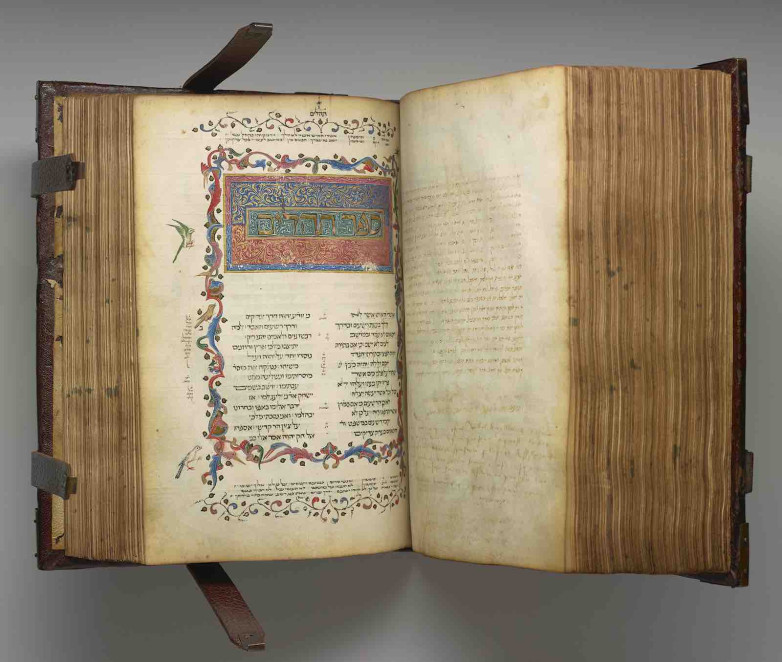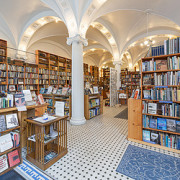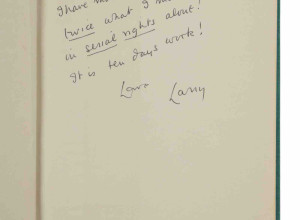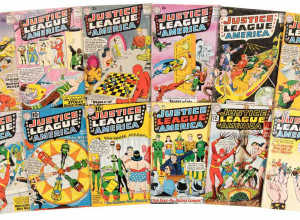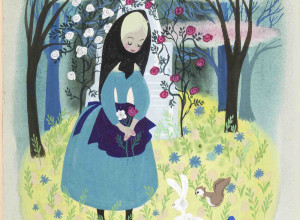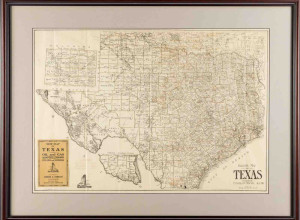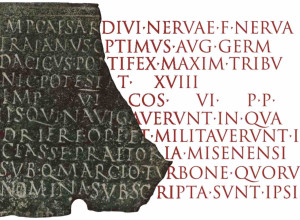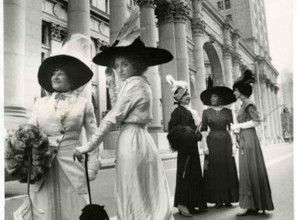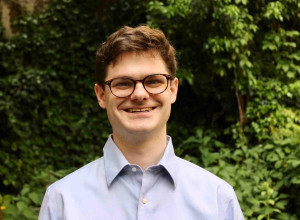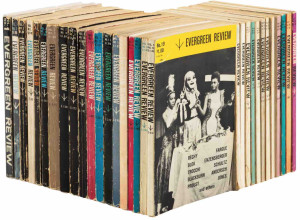Through translations into Latin and the vernacular, the Psalms permeated the intellectual culture of medieval Europe. Children used Psalters to learn to read, patrons commissioned versions in their native languages, and theologians authored the most influential interpretive writings of the Middle Ages around the Psalms.
More than any other text, the Psalms informed the language of the liturgy, and the Psalter served effectively as the prayer book of the church. Priests, monks, and nuns were required to pray all 150 psalms weekly. Laypeople across Europe, imitating these practices, fueled a demand for Psalters. The exhibition highlights Psalters across varying cultures, including an extremely rare Hebrew Psalter from a Jewish community in Tuscany as well as one of the very first printed Hebrew Bibles.
Psalms were also performed or sung by monks, clergy, and laypeople, using books such as Psalters, Breviaries, Antiphonaries, and Books of Hours, which were often commissioned by the wealthy and sumptuously illuminated. Women found new ways to engage with books thanks to the proliferation of texts in everyday languages. Wealthy women were known to commission their own Psalters and Books of Hours for personal use, as seen in the celebrated Hours of Catherine of Cleves commissioned by the Duchess of Guelders in 1440.
The exhibition concludes with an example of the use of psalms as solace, seen through the Prayer Book of Sir Thomas More. Heavily annotated by the future saint, who kept it with him while incarcerated in the Tower of London in the months before his execution, the Prayer Book shaped More’s faith, inspired his writings, and offered him comfort.
Other highlights include:
- a Winchester Bible leaf (England, ca. 1160–80) from the Morgan’s collection
- Isaac ben Ovadiah’s Books of Truth (Psalms, Job, Proverbs)
- the Scenes from the Life of Saint Augustine of Hippo altarpiece, on loan from the Met Cloisters
- and loans from the New York Public Library including the Tickhill Psalter

